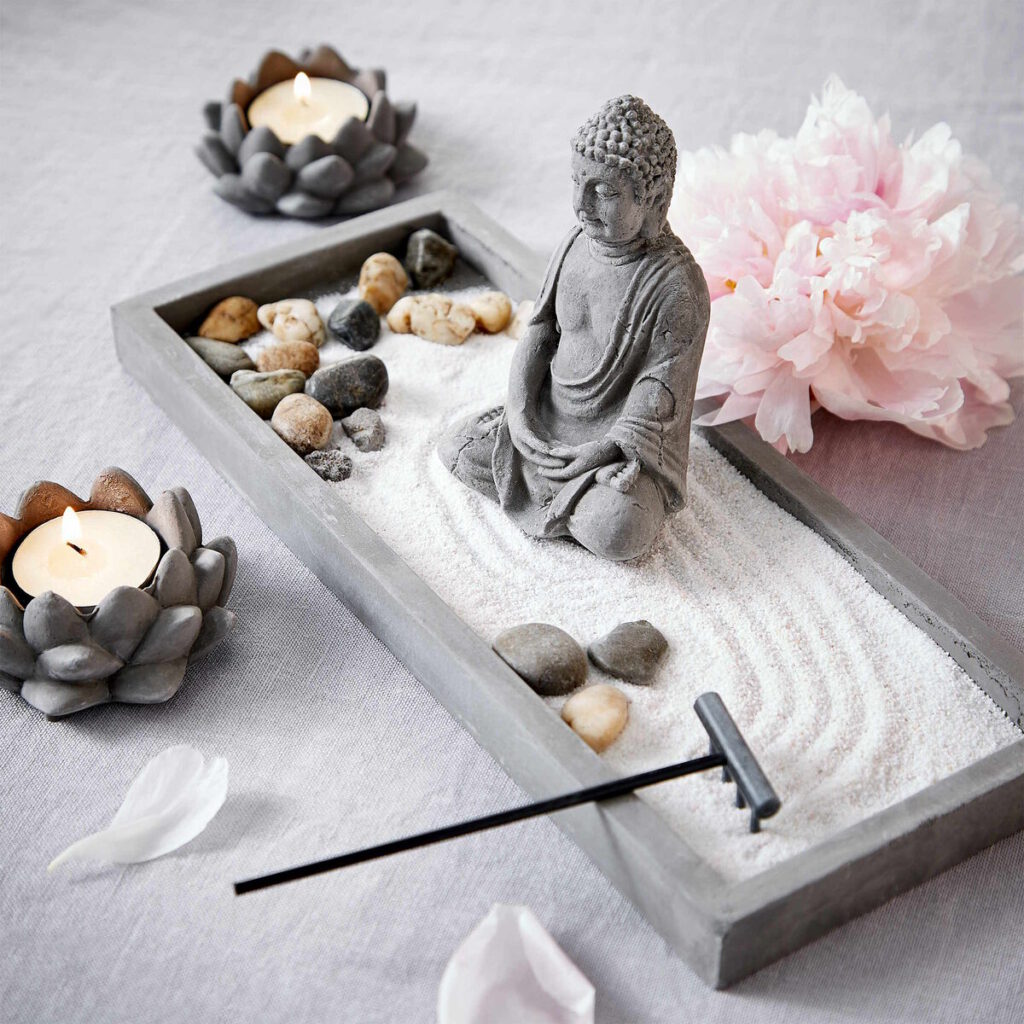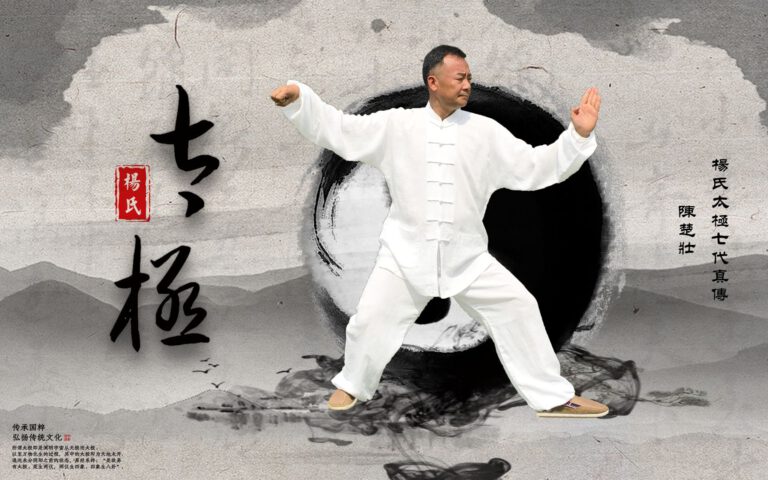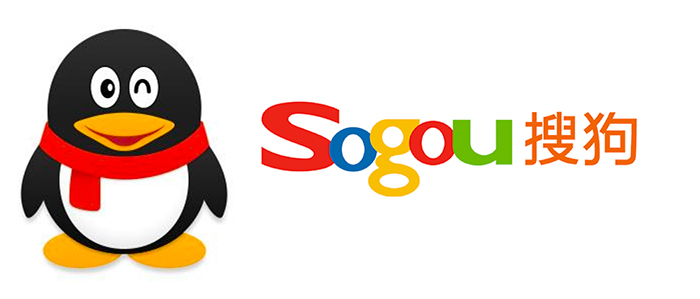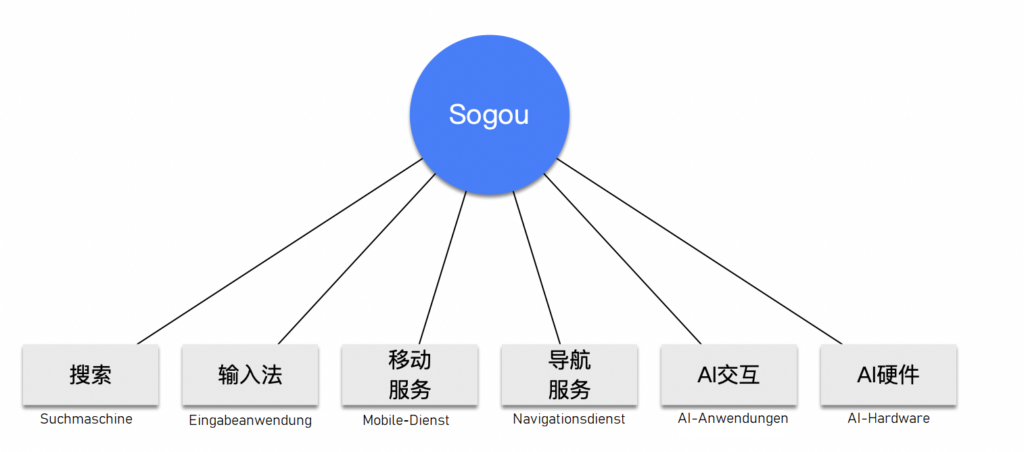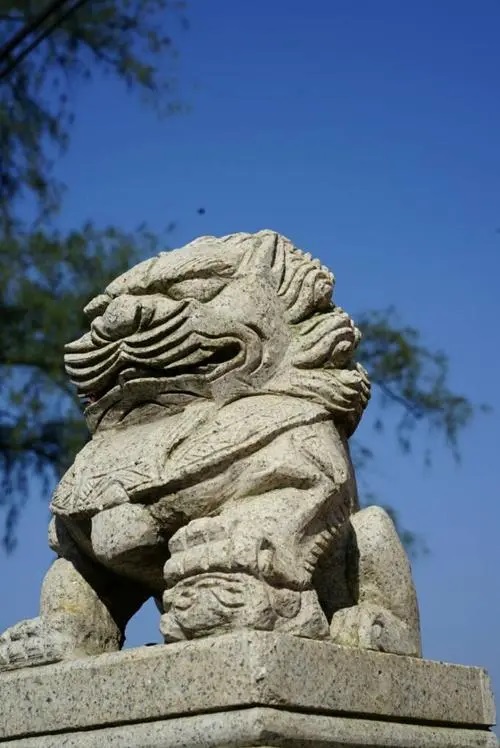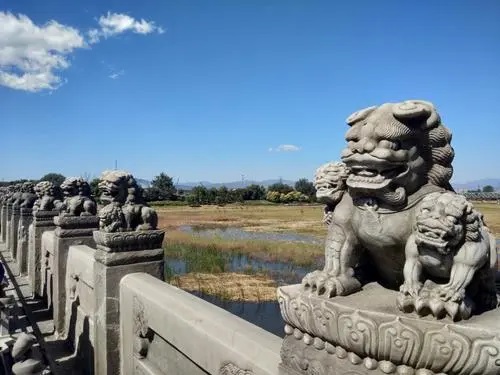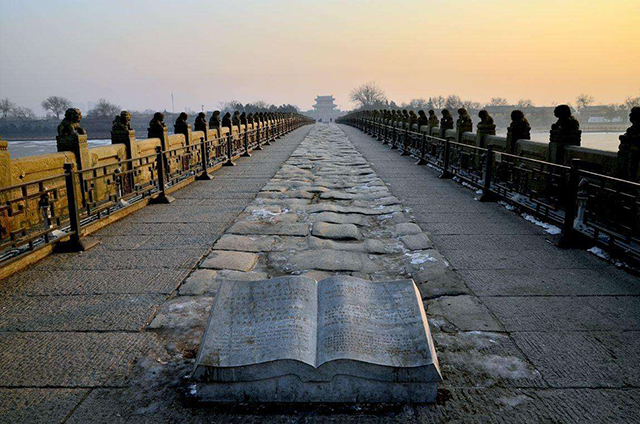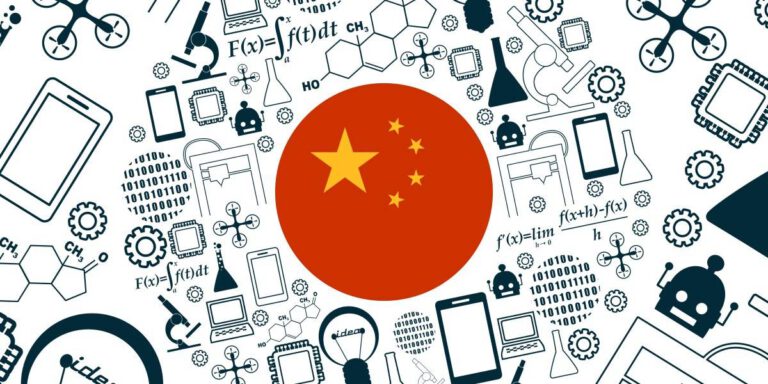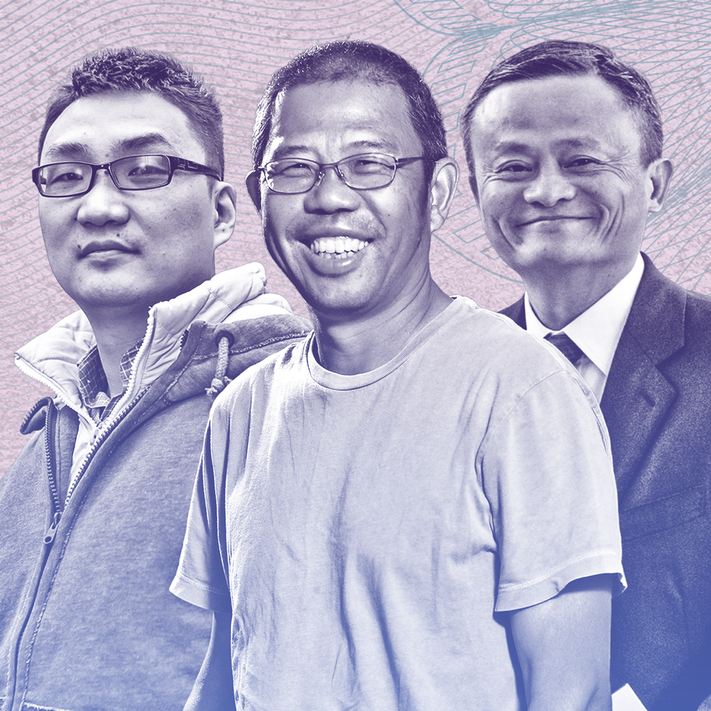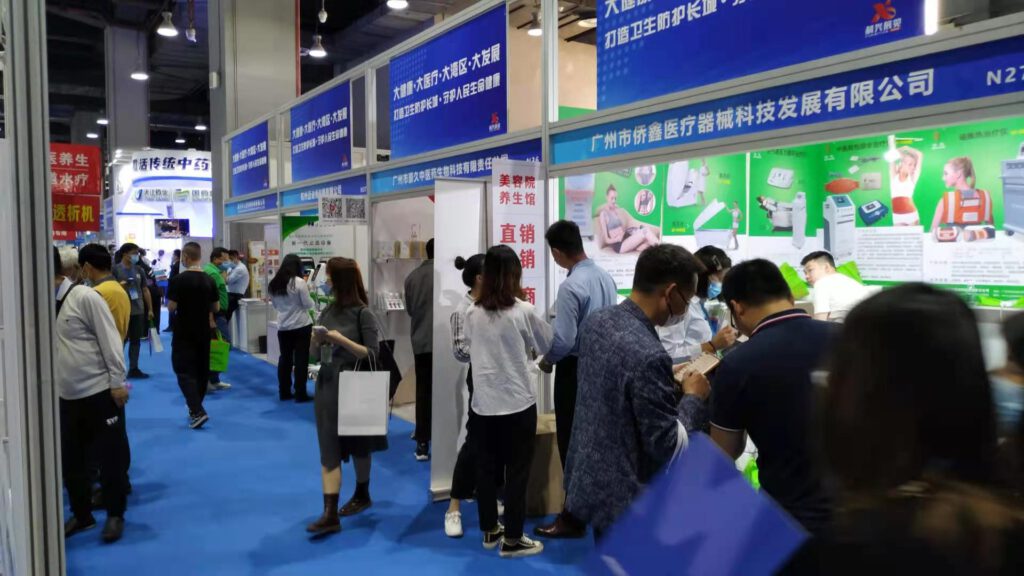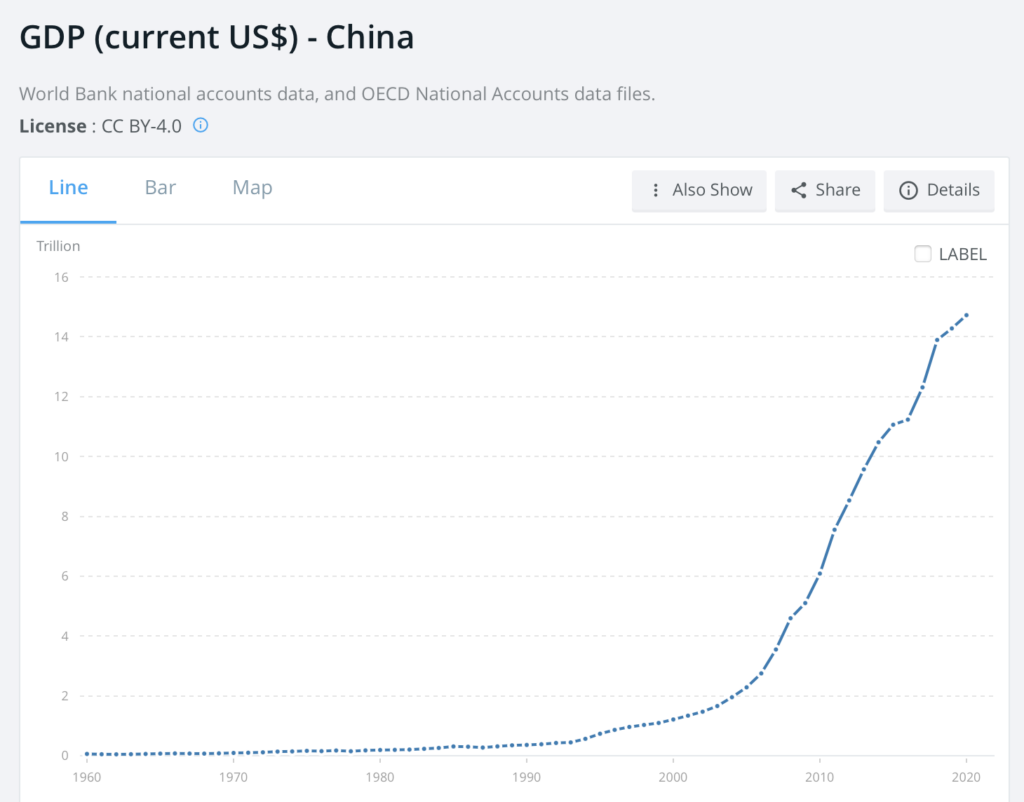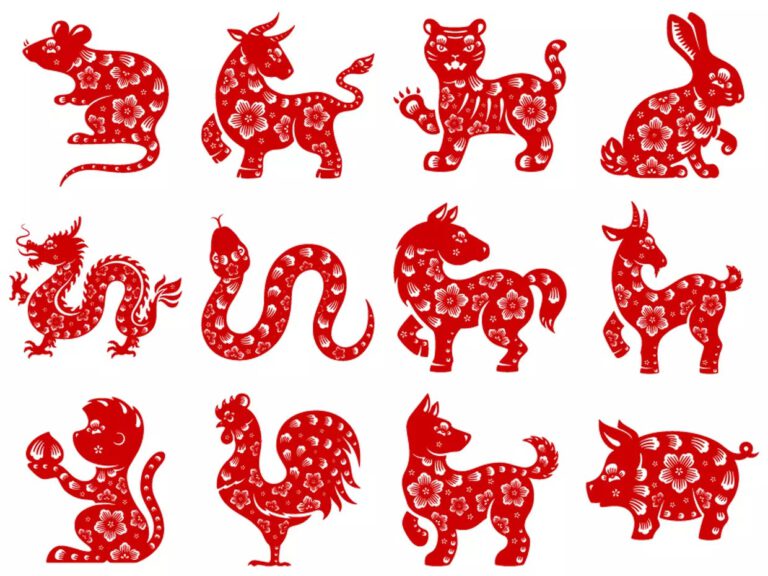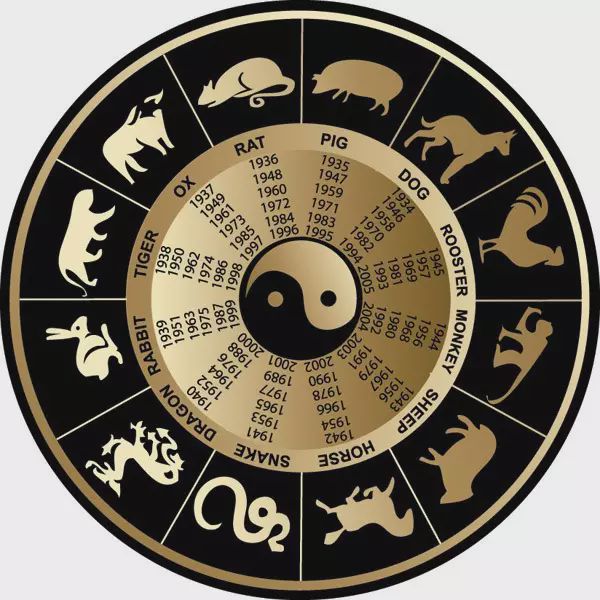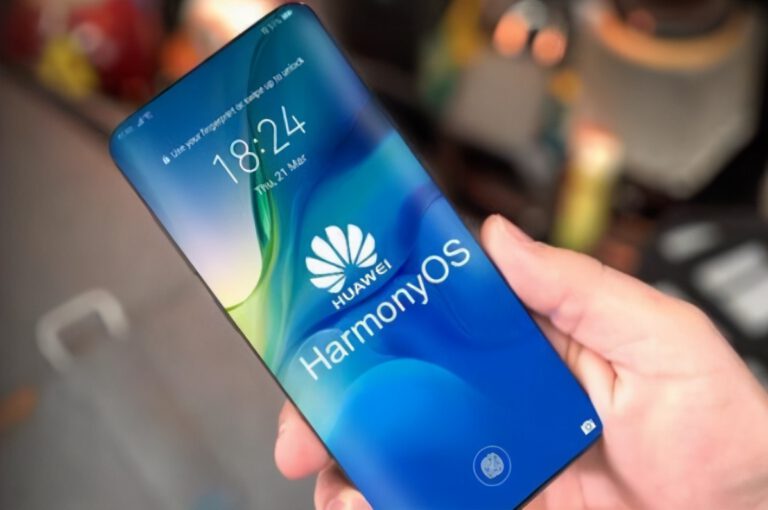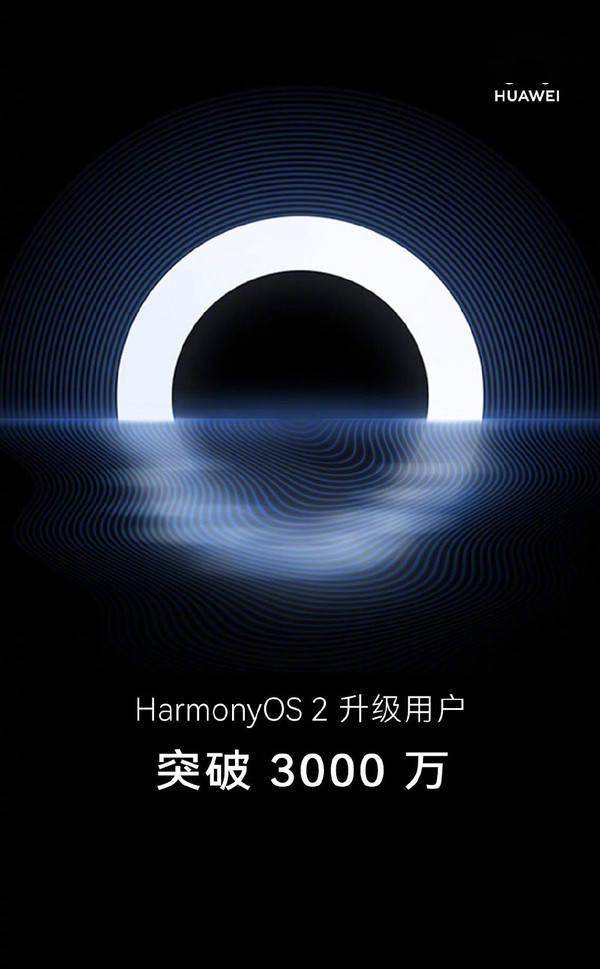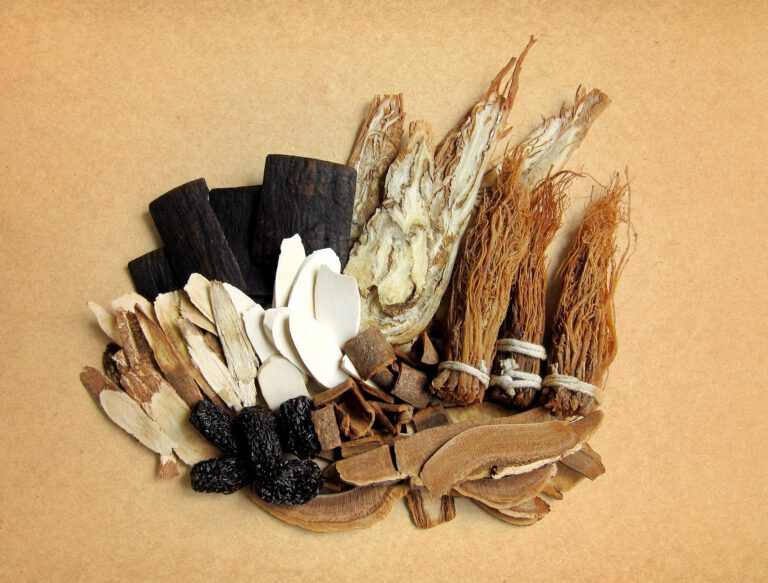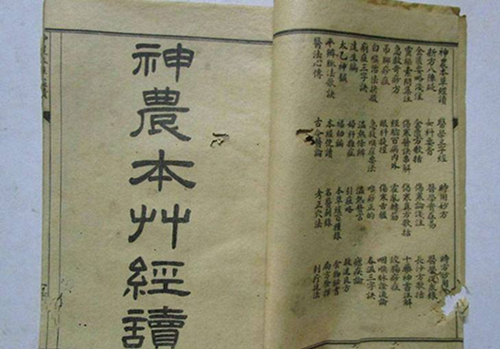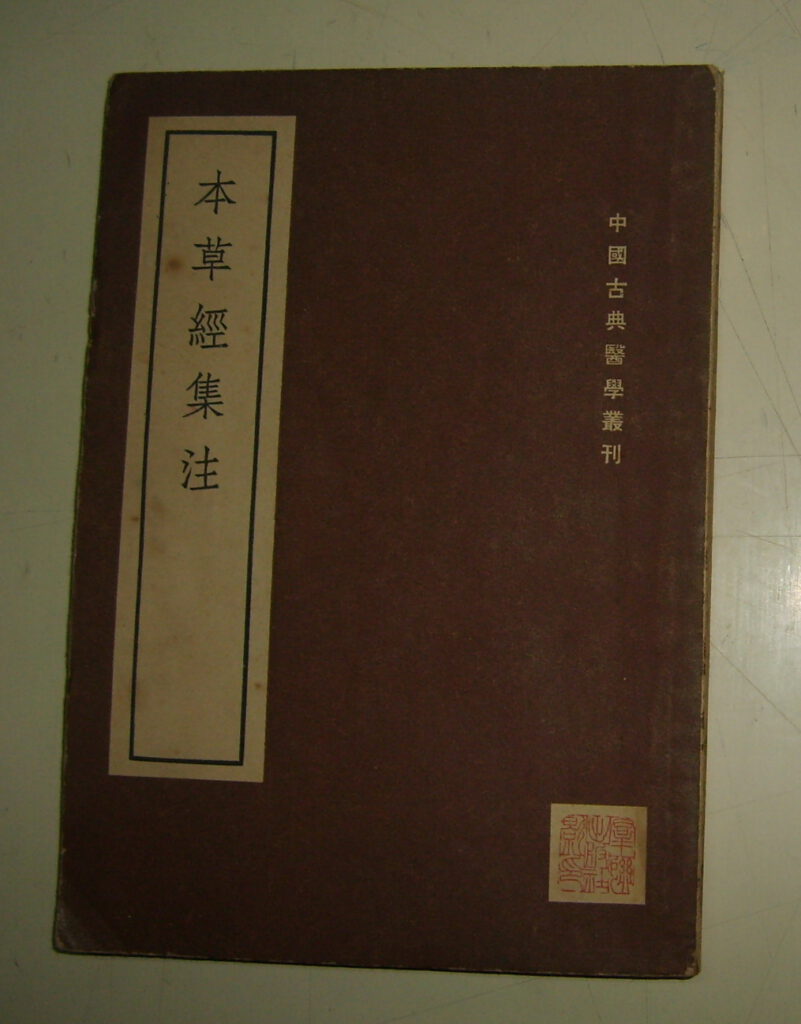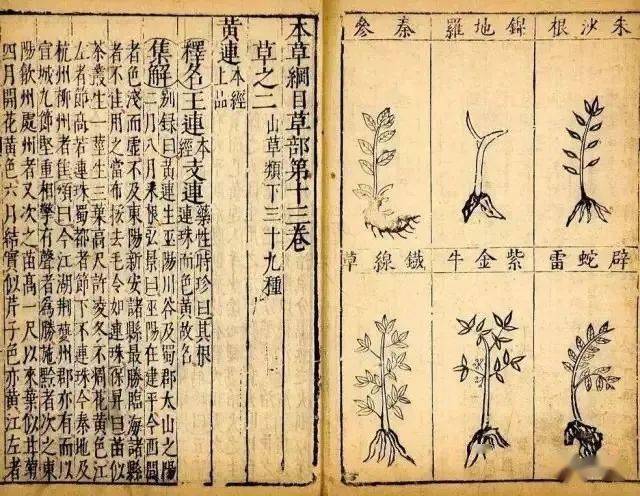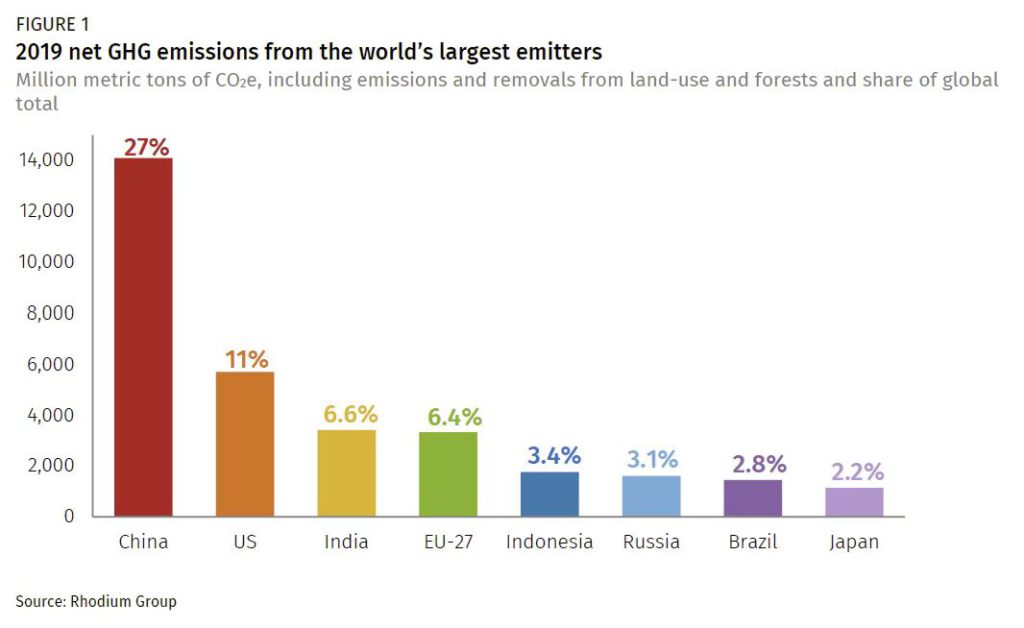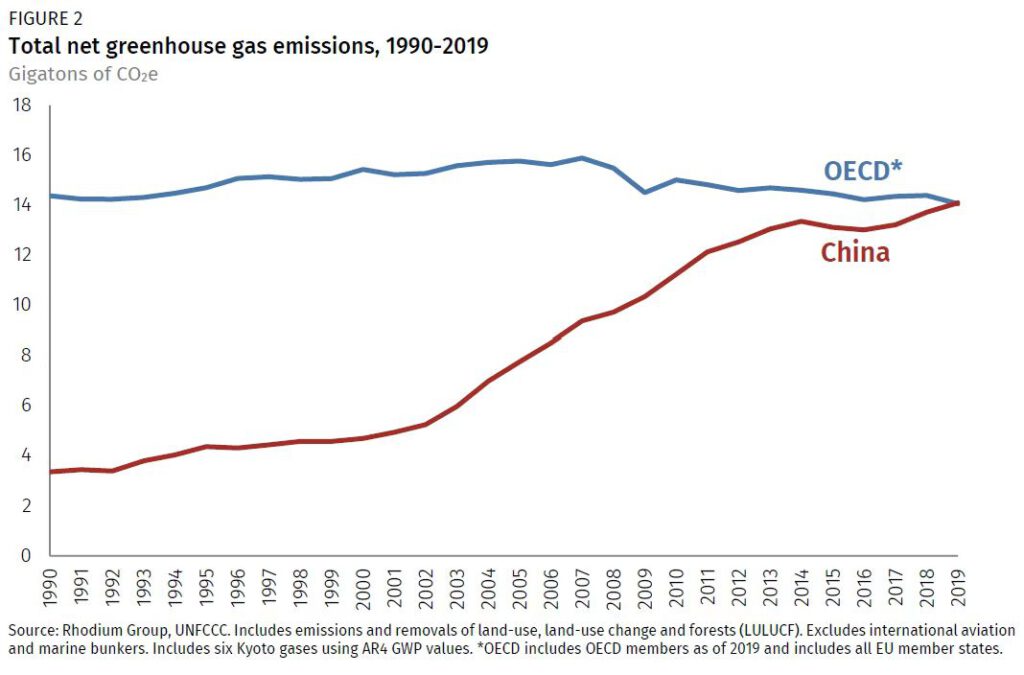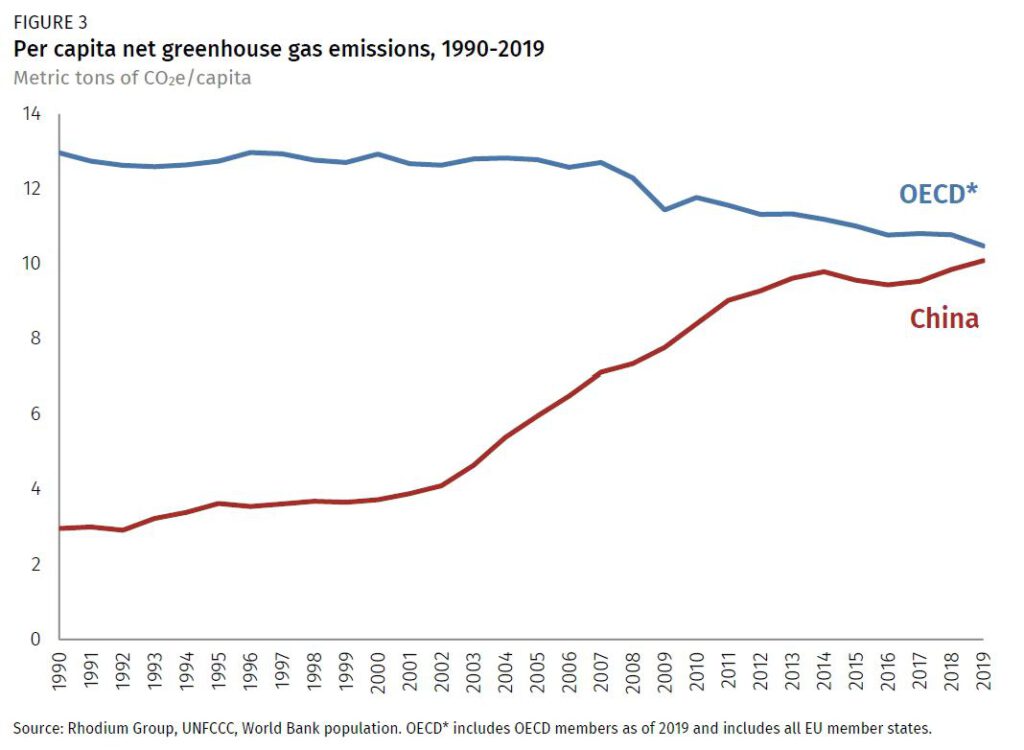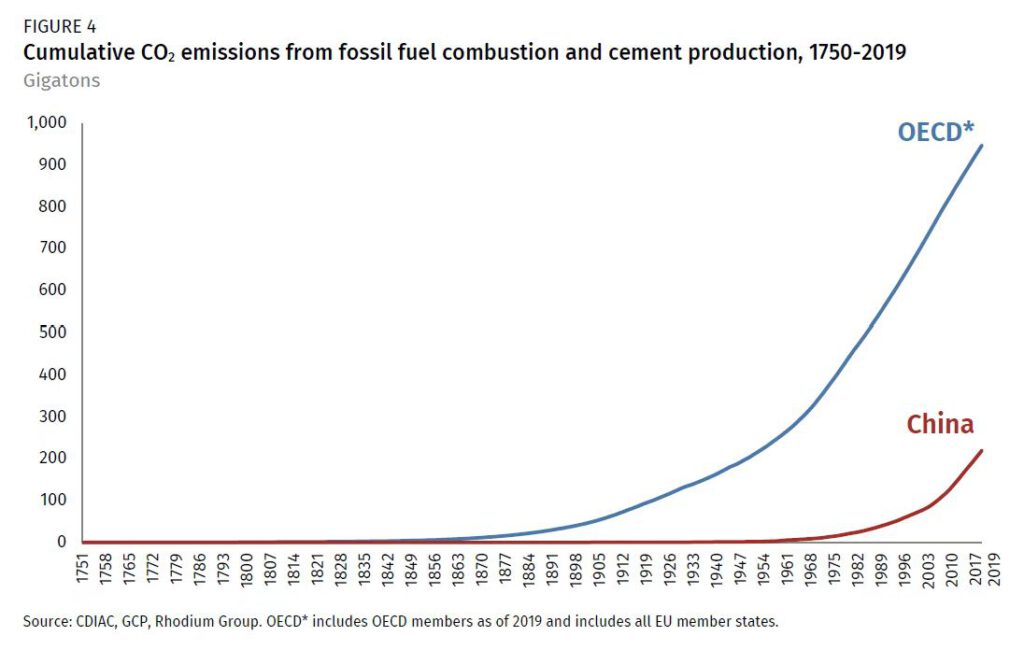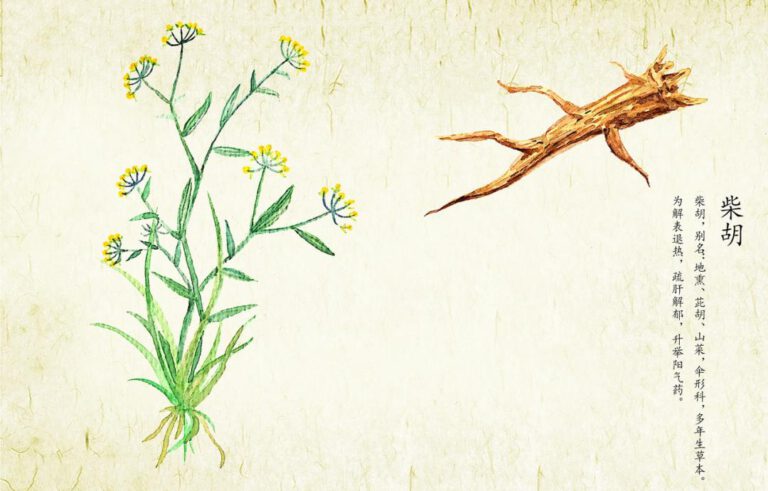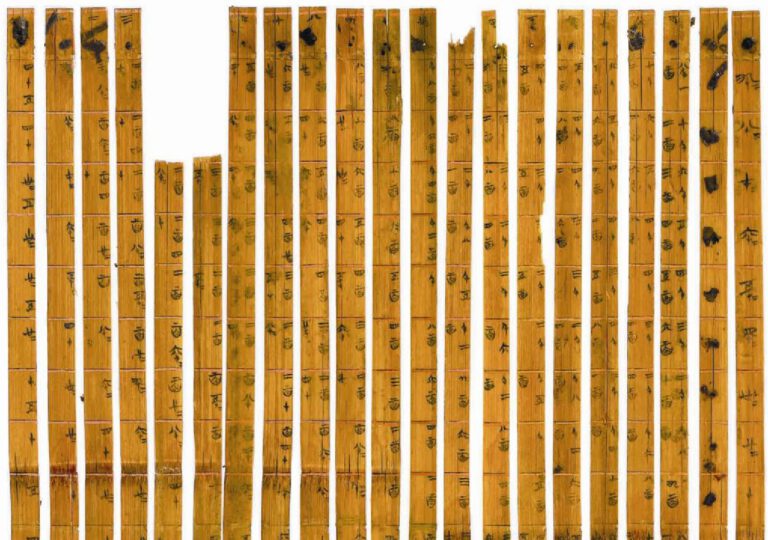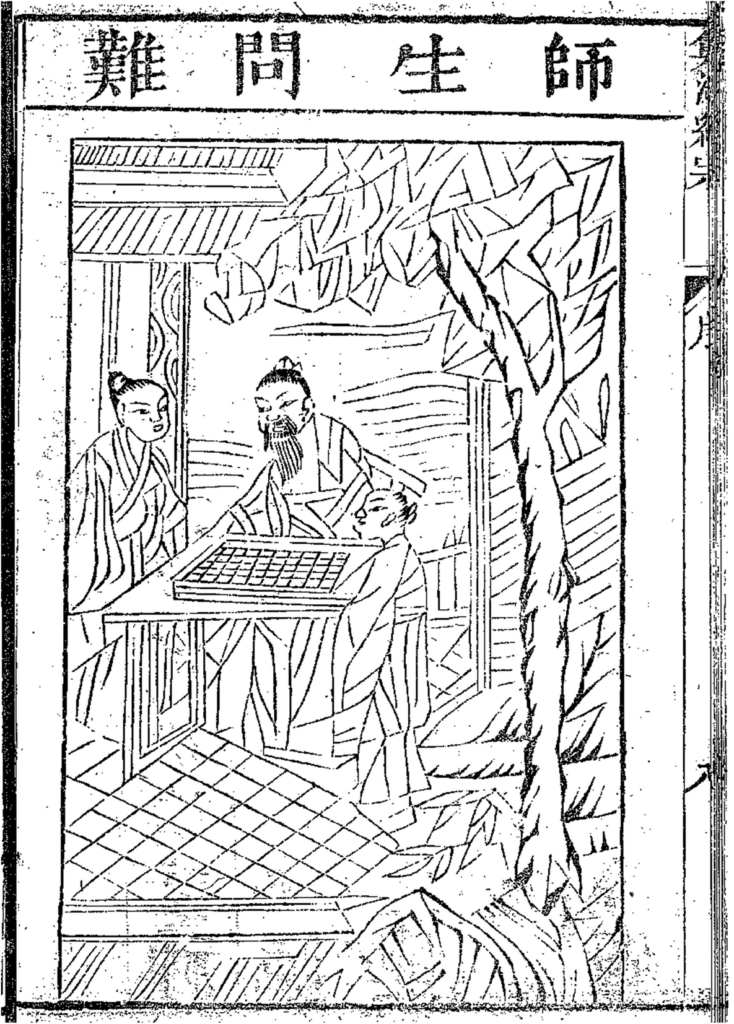Diabetes wurde in China ursprünglich „xiao ke“ genannt, was so viel wie „auflösender Durst“ bedeutet. Das war sehr angebracht, denn Diabetiker haben einen unnatürlichen Durst und scheiden Unmengen von Urin aus. Im Handbuch des Gelben Kaisers aus dem zweiten Jahrhundert v. Chr. wird Diabetes ausführlich beschrieben. Und in dem Buch heißt es treffend: „Ein Patient, der an dieser Krankheit leidet, muss die Angewohnheit gehabt haben, viele süße Leckereien und fette Speisen zu essen.“ Schon damals zeigten die Chinesen also einen erstaunlichen diagnostischen Scharfsinn in Bezug auf Diabetes.
Wir wissen nicht, wann die Chinesen zum ersten Mal bemerkten, dass Diabetiker überschüssigen Zucker im Urin haben, aber diese Annahme wurde im siebten Jahrhundert n. Chr. von dem Arzt Chen Chuan, der 643 starb, zum ersten Mal erwähnt. Sein Buch „Old and New Tried and Tested Prescriptions“ (Alte und Neue erprobte Rezepte) ist anscheinend verloren gegangen, aber Schlüsselpassagen werden in einem späteren Buch von Wang Tao zitiert, das aus dem Jahr 752 stammt und den Titel „Important Medical Formulae and Prescriptions Now Revealed by the Governor of a Distant Province“ (Wichtige medizinische Formeln und Rezepte, die jetzt vom Gouverneur einer entfernten Provinz enthüllt wurden) trägt. Wang zitiert Chen wie folgt:
In dem Buch „Alte und neue erprobte Rezepte“ steht, es gebe drei Formen der diabetischen Erkrankung. Bei der ersten Form leidet der Patient unter starkem Durst, trinkt reichlich und scheidet große Mengen Urin aus, der kein Fett enthält, sondern Flocken, die wie gerollte Weizenkleie aussehen und süßlich schmecken. Dies ist Diabetes (xiao ke ping). Bei der zweiten Form isst der Patient sehr viel, hat aber wenig Durst. . . . Bei der dritten Form gibt es Durst, aber der Patient kann nicht viel trinken; die unteren Extremitäten sind „ödematös“ [geschwollen mit übermäßiger und krankhafter Gewebeflüssigkeit], aber es treten Schwächung der Füße, Impotenz und häufiges Wasserlassen auf“.
Die erste Form oben ist der übliche Diabetes mellitus und die zweite ist die Variante, bei der der Patient große Mengen an Nahrung zu sich nimmt. Was die letzte Form betrifft, so kann sich dies einfach auf Diabetes bei übergewichtigen Patienten beziehen, denn Übergewicht verschlimmert den Diabetes.
Der Hinweis auf die Füße mag eine Anspielung auf das Problem sein, das Diabetiker mit schlechter Durchblutung haben: wenn der Diabetes fortschreitet oder wenn der Betroffene zu engen Schuhen trägt, können schwerwiegende Komplikationen in Form von Furunkeln usw. entwickeln, die sogar zu Gangrän führen können.
Ebenfalls im siebten Jahrhundert schrieb der Arzt und Beamte Li Xuan eine ganze Monografie über Diabetes und versuchte, den Grund für die Süße des Urins bei Diabetikern zu erklären. Er schrieb:
„Diese Krankheit ist auf eine Schwäche des Nieren- und Urogenitalsystems zurückzuführen. In solchen Fällen ist der Urin immer süß. Viele Ärzte erkennen dieses Symptom nicht … das Getreide der Bauern ist die Vorstufe der Süße … die Methoden der Herstellung von Kuchen und Süßspeisen … bedeuten, dass sie alle sehr bald süß werden … Es liegt in der Natur des Salzigen, dass es ausgeschieden wird. Da aber das Nieren- und Urogenitalsystem, das hier eine wichtige Rolle spielt, schwach ist, kann es die essentiellen Nährstoffe nicht aufnehmen, so dass alles mit dem Urin ausgeschieden wird. Daher kommt die Süße im Urin, und dieser hat nicht seine normale Farbe.“
Ein anderer Arzt aus dem siebten Jahrhundert, Sun Su-Mo, schrieb um das Jahr 655 in seinem Buch „Tausend goldene Heilmittel“, dass bei Diabetes „auf drei Dinge verzichtet werden muss, auf Wein, Sex und den Verzehr von gesalzenen, stärkehaltigen Getreideprodukten; wenn dies eingehalten werden kann, kann die Heilung ohne Medikamente erfolgen.“
So lagen in China also schon im sieben Jahrhundert n. Chr. Veröffentlichungen der Beobachtungen zur Süße des Urins von Diabetikern vor. Man versuchte, eine Erklärung dafür zu finden, und schlug eine Diät zur Kontrolle des Diabetes vor, die nicht weit von der heutigen Methode entfernt war, Alkohol und stärkehaltige Nahrungsmittel zu meiden.
Bereits 1189 wies der Arzt Chang Kao in seinen „Medizinischen Diskursen“ auf die Wichtigkeit der Hautpflege bei Diabetikern und die Gefahr der kleinsten Hautverletzungen hin:
„Unabhängig davon, ob solche Patienten geheilt werden oder nicht, muss man auf die Entwicklung von großen Furunkeln und Karbunkeln achten; sollten sich diese in der Nähe der Gelenke entwickeln, ist die Prognose sehr schlecht. Ich habe selbst miterlebt, wie mein Freund Shao Jen-Tao mehrere Jahre lang an dieser Krankheit litt und an den Geschwüren starb.“
Es sollte erwähnt werden, dass viele der Fälle von Diabetes, die in der chinesischen Geschichte auftraten, insbesondere bei prominenten Personen, offensichtlich durch eine Metallvergiftung verursacht waren. Dies war eine weitere der Gefahren bei der Einnahme der berüchtigten Elixiere der Unsterblichkeit, die häufig voller Blei, Quecksilber und sogar Arsen waren. Die Süße des Urins von Diabetikern war auch den Indern bekannt. Allerdings ist es schwierig, die indischen Texte zu datieren, im Gegensatz zu den chinesischen.
Die Süße des Urins von Diabetikern wurde in Europa erst um 1660 von Thomas Willis entdeckt und 1679 veröffentlicht. Im Jahr 1776 identifizierte Matthew Dobson diese Süße als Zucker, und erst 1815 wurde der Zucker als Glukose spezifiziert. Die Chinesen waren dem Westen um mehr als tausend Jahre voraus, was die Erkennung und Bekämpfung von Diabetes anbelangt, obwohl sie die Krankheit nie mit der Bauchspeicheldrüse in Verbindung brachten und auch kein Wissen über Insulin hatten (das im Westen erst 1921 isoliert wurde). Es war eine ziemliche Leistung, dass die Chinesen im siebten Jahrhundert zu dieser Erkenntnis kamen: „Alle, die einen Urin abgeben, der süß schmeckt, aber auf dem keine Fettflocken schwimmen, leiden an Diabetes.“


